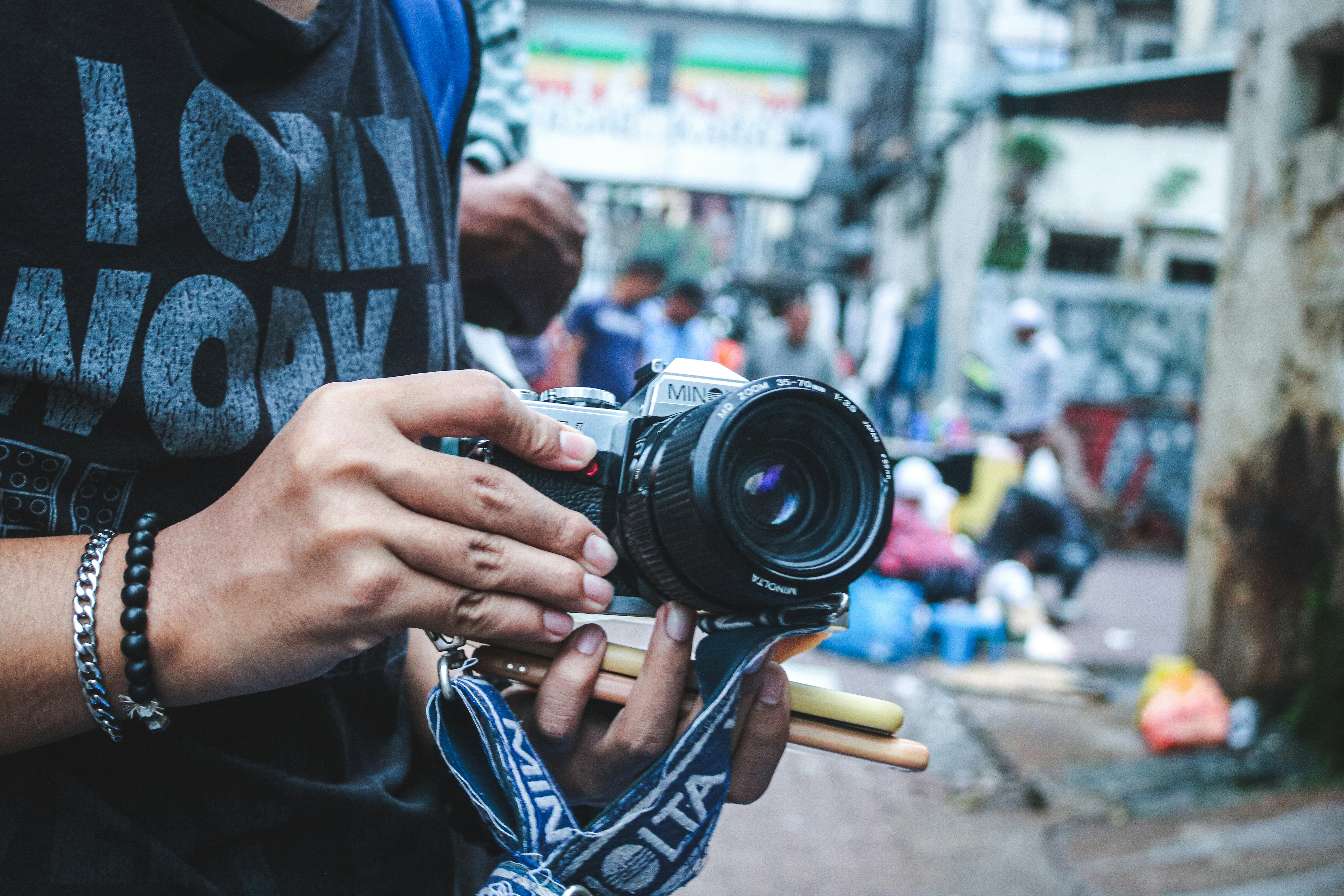Impact of New U.S. Tariffs on Camera and Lens Prices: What Photographers and Videographers Need to Know
Understanding the New U.S. Tariffs
Recently, the U.S. government has imposed new tariffs on a wide range of goods imported from China, significantly impacting various industries, including photography and videography. These tariffs, aimed at addressing trade imbalances and protecting domestic production, have prompted a reevaluation of pricing strategies by manufacturers. Specifically, products such as cameras, lenses, and filmmaking equipment are now subject to increased costs, leading to an inevitable camera price increase that can affect consumers nationwide.
The rationale behind these tariffs revolves around the broader economic objectives of the United States to safeguard local jobs and promote home-grown industries. By imposing import tariffs, the federal government aims to make imported goods more expensive, thereby encouraging consumers to consider domestic alternatives. For instance, cameras and lenses from Sigma USA may see price adjustments in response to these new tariffs, as manufacturers often pass on increased costs to the end consumer to maintain their profit margins. The percentage increase in tariffs varies by product category, but they are notably substantial for technology goods, including the essential photography gear that professionals rely on.
As we look toward 2025, the camera market is likely to face continuous fluctuations due to import tariffs impact and camera gear inflation. Both amateur and professional photographers must remain vigilant about these changes, as they could influence not only purchasing decisions but also the long-term availability of products. Understanding the pricing dynamics surrounding the sigma lens price hike and other related costs is critical for those who are considering investments in new equipment or expanding their photography arsenal. The current landscape of tariffs presents both challenges and opportunities for consumers navigating the evolving costs associated with acquiring imaging tools in this competitive marketplace.
Upcoming Price Increases from Sigma
Recent developments have brought attention to Sigma, a prominent manufacturer of camera lenses and accessories. Following the implementation of new import tariffs on products from China, Sigma announced a price increase that significantly affects its lineup of lenses and accessories. This rise in the cost of photography gear is largely attributed to the elevated costs associated with production and importation, primarily driven by the U.S. tariffs on China.
Scheduled to take effect in the upcoming months, the price hike will impact a variety of Sigma lenses that professionals and enthusiasts alike often rely on. Notably, certain high-demand products such as the Sigma Art series and premium telephoto lenses are seeing dramatic price adjustments. Reports indicate that some lenses might witness increases ranging from 10% to as much as 20%, depending on the model. For photographers and videographers operating within tight budgets, these unexpected shifts can significantly alter purchasing strategies and investment timelines.
Additionally, it is important to consider the broader market context leading into 2025. Speculation around ongoing camera gear inflation and market adjustments suggests that these price increases may not be limited to Sigma alone. Rather, as companies respond to the changing landscape of import tariffs and production costs, consumers may see similar hikes across various brands and types of filmmaking equipment. As such, staying informed about these developments is crucial for anyone looking to invest in new gear.
For those planning to purchase Sigma lenses, it may be prudent to explore current pricing and evaluate potential acquisitions before the new tariffs result in heightened photography gear costs. With the impact of import tariffs becoming increasingly evident, understanding price trajectories will aid photographers and videographers in making informed purchasing decisions in the near future.
Industry Response and Impact on Creators
The recent imposition of U.S. tariffs on imports from China has sent ripples through the photography and videography industries, particularly concerning the significant camera price increase and the sigma lens price hike. Industry leaders and manufacturers are closely monitoring the ramifications of these tariffs, as they are expected to impact photography gear costs and filmmaking equipment prices across the board. Many creators are already feeling the financial strain as they navigate this new landscape.
The reaction to these tariffs has been varied. While some brands, like Sigma, have openly addressed the price adjustments, other companies remain cautious. It is anticipated that more manufacturers might consider increasing their prices in response to the rising costs associated with import tariffs. This potential shift could pose challenges for filmmakers and photographers who rely heavily on specific brands known for their quality and performance, making camera buying tips increasingly relevant for consumers.
Creators in the photography and videography sector are adapting in various ways to mitigate the effects of camera gear inflation. Some professionals are reevaluating their current equipment, opting to invest in used or refurbished gear, while others are exploring alternative brands that may offer more competitive pricing. These adaptations reflect a broader trend within the creator community, where individuals are taking a strategic approach to their operations amidst fluctuating equipment prices.
Furthermore, the potential implications for the 2025 camera market remain a topic of discussion among industry experts. As consumer demand shifts and market dynamics change, it will be essential for creators and brands alike to navigate these complexities effectively. The future of photography and videography will depend on how swiftly the industry can adjust to these changes, ensuring that creators are equipped with the necessary tools in an era marked by increased photography gear costs and associated challenges.
Navigating Price Hikes: Tips for Buyers
The recent camera price increase, largely influenced by the U.S. tariffs on China, has raised concerns among photographers and videographers regarding the affordability of essential gear. With the looming sigma lens price hike and other filmmaking equipment price adjustments, it has become increasingly important for buyers to adopt strategic purchasing approaches to manage their photography gear cost effectively.
One effective strategy is to explore the second-hand market. Many professional photographers sell their used equipment to upgrade or diversify their gear. Platforms such as B&H, Adorama, and even specialized Facebook groups provide opportunities to purchase high-quality, pre-owned camera gear at significantly reduced prices. By considering second-hand options, one can mitigate the effects of camera gear inflation and still acquire high-performing equipment.
Another prudent tip involves remaining vigilant for sales and promotions from reputable retailers. Major shopping events, such as Black Friday and Cyber Monday, often present opportunities to acquire equipment at a discounted rate. Subscribing to newsletters and alerts from retailers like Sigma USA can keep buyers informed about price reductions and special offers, helping them make timely purchases before tariffs further impact camera prices.
Furthermore, if you anticipate needing specific equipment in the near future, it could be wise to purchase essential items sooner rather than later. Acquisition of critical items prior to the anticipated increases may result in substantial savings. Buyers can also extend the lifecycle of their current equipment through regular maintenance, thus postponing the need for a new purchase amid increasing camera prices.
In conclusion, being aware of market trends and employing these tips can greatly assist photographers and videographers in navigating the evolving landscape of camera gear acquisition, especially in a climate of rising costs influenced by external economic factors.

